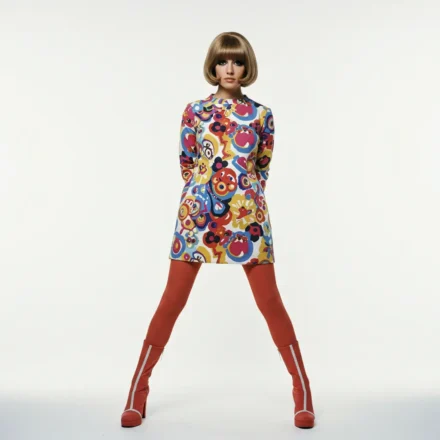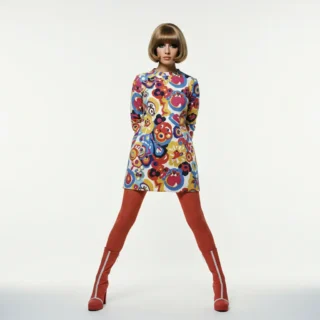In the midst of the medieval era, amidst the tapestries of knights and castles, one textile emerged to captivate the hearts of nobles and commoners alike: velvet. This luxurious fabric, with its soft, plush texture and rich appearance, was highly sought after and considered a symbol of wealth and prestige. But how was velvet produced in the medieval times? Let’s delve into the fascinating process that brought this sumptuous fabric to life.
Origins of Velvet
Velvet has a long and illustrious history, with its roots dating back to ancient civilizations such as Egypt and China. However, it wasn’t until the medieval period in Europe that velvet production truly flourished. Initially crafted from silk, velvet was later made from a variety of fibers including wool, cotton, and eventually, the introduction of silk from the Middle East.
The production of velvet involved intricate weaving techniques that set it apart from other fabrics of the time. Unlike plain weaves, which have a simple over-and-under pattern, velvet was woven using a special method known as “pile weaving.” This technique involved creating loops of yarn on the surface of the fabric, which were then cut to produce the signature plush pile that velvet is known for.
Medieval velvet production was a labor-intensive process that required skilled artisans and specialized equipment. Velvet looms, which were larger and more complex than standard weaving looms, were used to create the intricate patterns and dense pile characteristic of velvet. These looms were operated by highly trained craftsmen who meticulously crafted each piece of fabric by hand.
Once the velvet fabric was woven, it underwent a series of treatments to achieve its final luxurious appearance. Dyeing was a crucial step in the process, with vibrant colors such as deep reds, blues, and purples being particularly popular among medieval nobility. After dyeing, the fabric was often subjected to various finishing techniques such as brushing, shearing, and steaming to enhance its softness and luster.
Velvet was more than just a fabric; it was a symbol of wealth, status, and luxury in medieval society. Reserved for the nobility and aristocracy, velvet garments were often adorned with elaborate embroidery, precious metals, and gemstones, further enhancing their opulence. The sumptuous texture and rich colors of velvet made it a prized possession, coveted by both royalty and the aspiring elite.









Leave a Comment